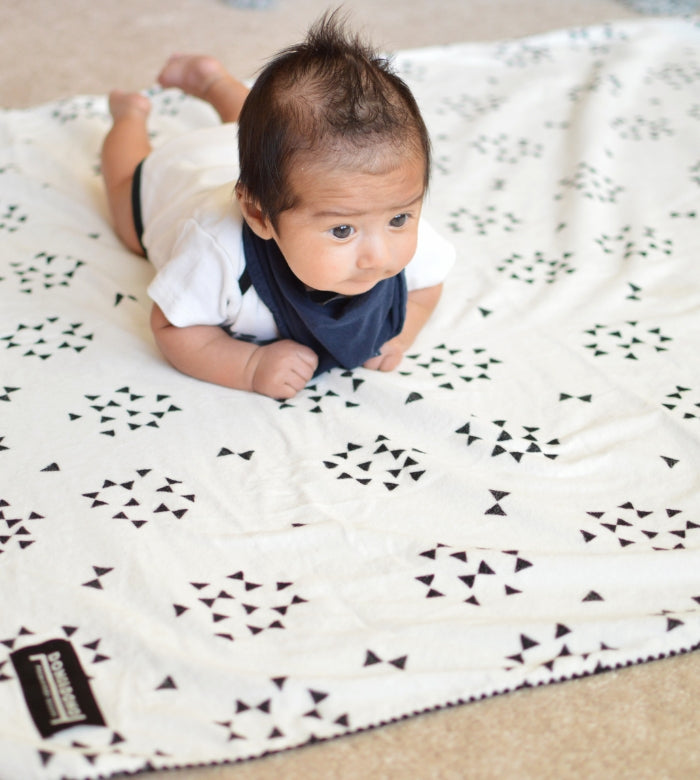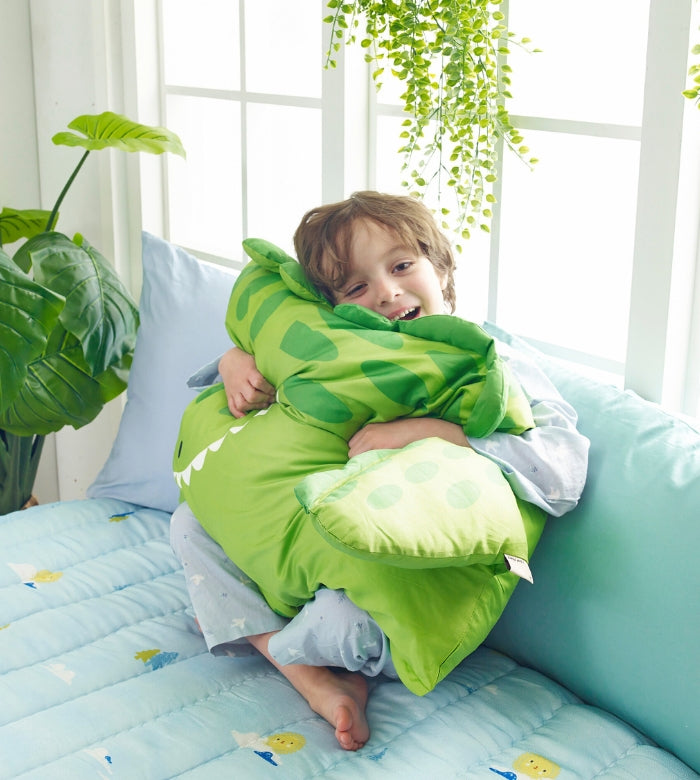Did you know that a baby’s oral health directly impacts breastfeeding success? Research shows that any oral restriction in babies may lead to difficulties with breastfeeding as lack of tongue mobility can impact a proper latch, suck, and swallow. If a mom has mastitis symptoms, a decrease in milk supply, or clogged ducts, it may be a good idea to check for oral restrictions in a baby with a specialist. The good news is that once the oral restriction is discovered, it can be treated with therapy and oral motor exercises and significantly improve the breastfeeding experience for both mom & baby.
3 Common Oral Restrictions

Tongue-tie, lip tie, and buccal tie are oral restrictions present at birth that hamper the normal movement and function of the tongue and mouth. Research shows that up to 10 percent of babies are born with an oral restriction and up to 25 percent of nursing infants can be affected by shallow latch caused by this condition. The most common types of oral restrictions are tongue tie, lip tie, and buccal tie.
- A tongue-tie is when the band of tissue connecting the tongue to the bottom of the mouth is too short, too thick, or too tight, restricting the tongue’s normal range of motion. Ankyloglossia is the medical term that refers to a restrictive lingual frenum. This is the most common form of oral restriction.
- A lip tie is when the tissue connecting the upper lip to the gum is too stiff or too thick, preventing the upper lip from moving freely. This condition is less common than tongue-tie, yet more prevalent than a buccal tie.
- A buccal tie refers to tissues that attach the inside of the cheeks to the gums, restricting normal movement. This condition is less common than a tongue or lip tie.
Best time to start oral exercises

In the first 3 months of a baby’s life, most movement is reflexive. This means that there isn’t any voluntary movement but sucking is a reflex. Any baby will suck on anything placed in its mouth. (if they don’t, consider a functional assessment by a trained tongue-tie professional).
After 3 months, a baby should be able to move his/her tongue better to allow active movement. This is when I love giving teether toys to babies and reducing/removing pacifier use by 4 months of age. The teething toys are a safe and effective tool to promote the movement of the tongue, lips, and jaw which can lead to improved breastfeeding.
Normal oral development includes moving from the reflexive to a more active suck at 4 months of age. I would even venture to say that stopping a pacifier at 4-6 months and introducing a straw cup will be beneficial to your baby in the long run.
A good teething toy can make a difference!
Teether toys help with the oral development of the tongue, lips, and jaw, which in turn will influence posture, facial and dental growth which may impact speech development in the long run. This also helps with good bony alignment, clear speech, safe & effective swallowing, and good sleep habits. Early introduction of mouthing toys is recommended for well-rounded development in babies! Providing interesting toys will promote brain development in addition to strengthening the mouth for all babies. For babies born with oral restrictions such as lip, tongue or buccal ties, oral developmental therapy (this includes oral motor and sensory play) can significantly improve oral restriction conditions and may reduce the need for invasive oral surgeries.
Innobaby Oral Developmental Teether & Rattle Set
Here are some tips on how to find a good teething toy and what to avoid:
- Try toys of varying shapes and sizes to promote jaw development, tongue exploration, and movement. Also, look for a toy that’s easy to hold, has an interesting texture, and is lightweight. I use Innobaby’s oral developmental teething toy set during therapy and recommend it for general use to enhance the speech development of any baby.
- Experiment with textures and temperatures, place them in the fridge or freezer.
- I love giving teether toys to babies while on the floor, on their belly, on their back, or in the stroller or car seat. While I don’t encourage prolonged time in a seat, this helps the baby to remain engaged and get some good exercise!
- Tummy time helps to develop the muscles of the head, neck, and face and prevents any kind of flat spots on the baby’s head. This is a great way to keep a baby engaged and practicing oral motor and sensory skills.
Multisensory stimulation is key to healthier development
Give a baby a teether toy that stimulates multiple senses. I like the Innobaby rattle teether as it is lightweight, textured for oral massage, easy to hold, and rattles! Designed to engage with the baby’s developing sensory system, the subtle noise of the rattle and the color contrasts allow a baby to see, hear and feel it without being overwhelmed. This multisensory stimulation is what allows the brain to make connections! The rattle teether is a great tool to work on neck movement and strength since the sound attracts a baby to look towards it. One toy that covers so many skills!
- Using a teether, you want to see a baby sucking, licking, biting, chewing it.
- Be patient with them, as they may not know exactly what to do with it. *In a young baby, you may need to hold it close to their mouth for them until they can bring their hands together to their mouth by themself.
- Exploration with the mouth and tongue is so important!
- Mouthing toys instead of sucking on a pacifier really promotes normal and healthy jaw development. By eliminating a pacifier and using these teether toys, you will help your baby significantly in the days to come with babbling, exploring more foods, and being open to many textures.
How to choose the right teether toy?
Choose wisely. Quality matters when it comes to the safety of teething toys. Skip on heavy teether toys as they may hurt or overwhelm the baby and go for a lightweight and easy to hold design that makes self-exploration easier. Watch out for products with lesser quality/durability or counterfeits as they may pose safety concerns. Safe teething toys include lightweight toys that are single-piece, double molded, and meet or exceed CPSC guidelines.
Dr. Giselle Tadros PT, DPT is the founder of In-Home pediatric PT of New Jersey and Milk Matters Physical Therapy. She is a doctor of physical therapy with a special interest in pediatrics. Over the past 21 years, she has specialized in treating babies with ankyloglossia as well as other developmental concerns. She is an advocate of babies and empowers families struggling to find solutions for breastfeeding & development challenges.










